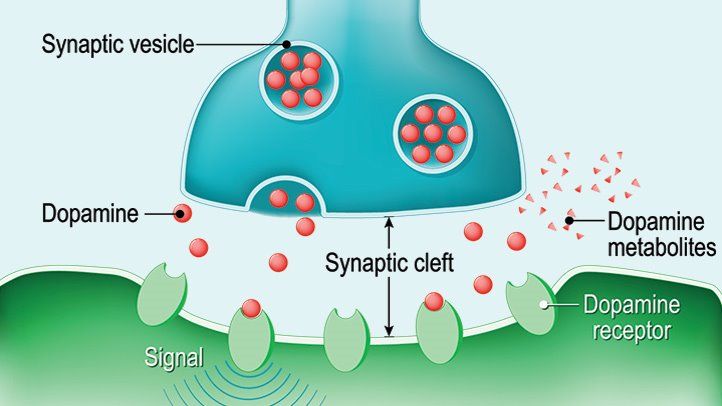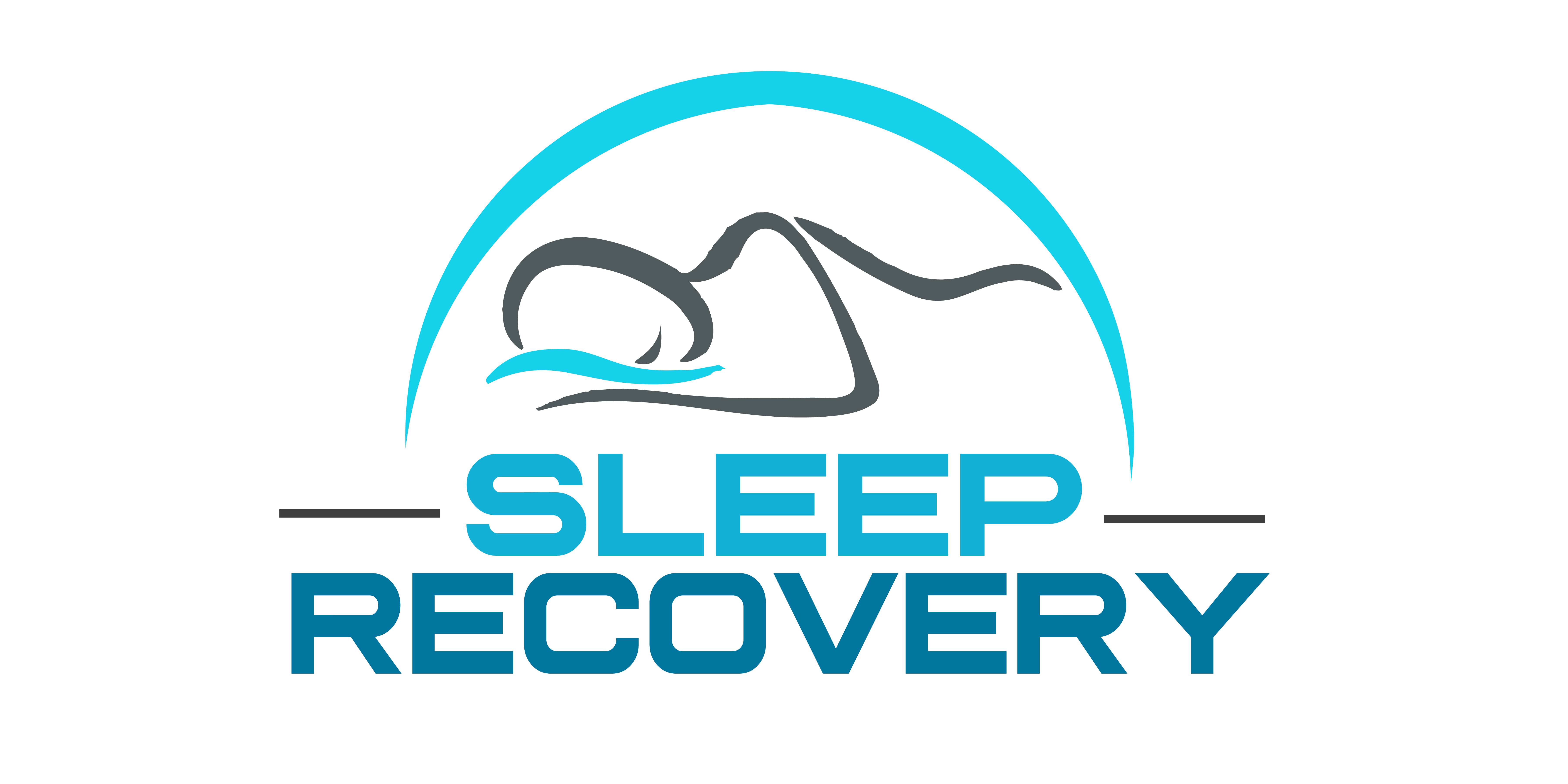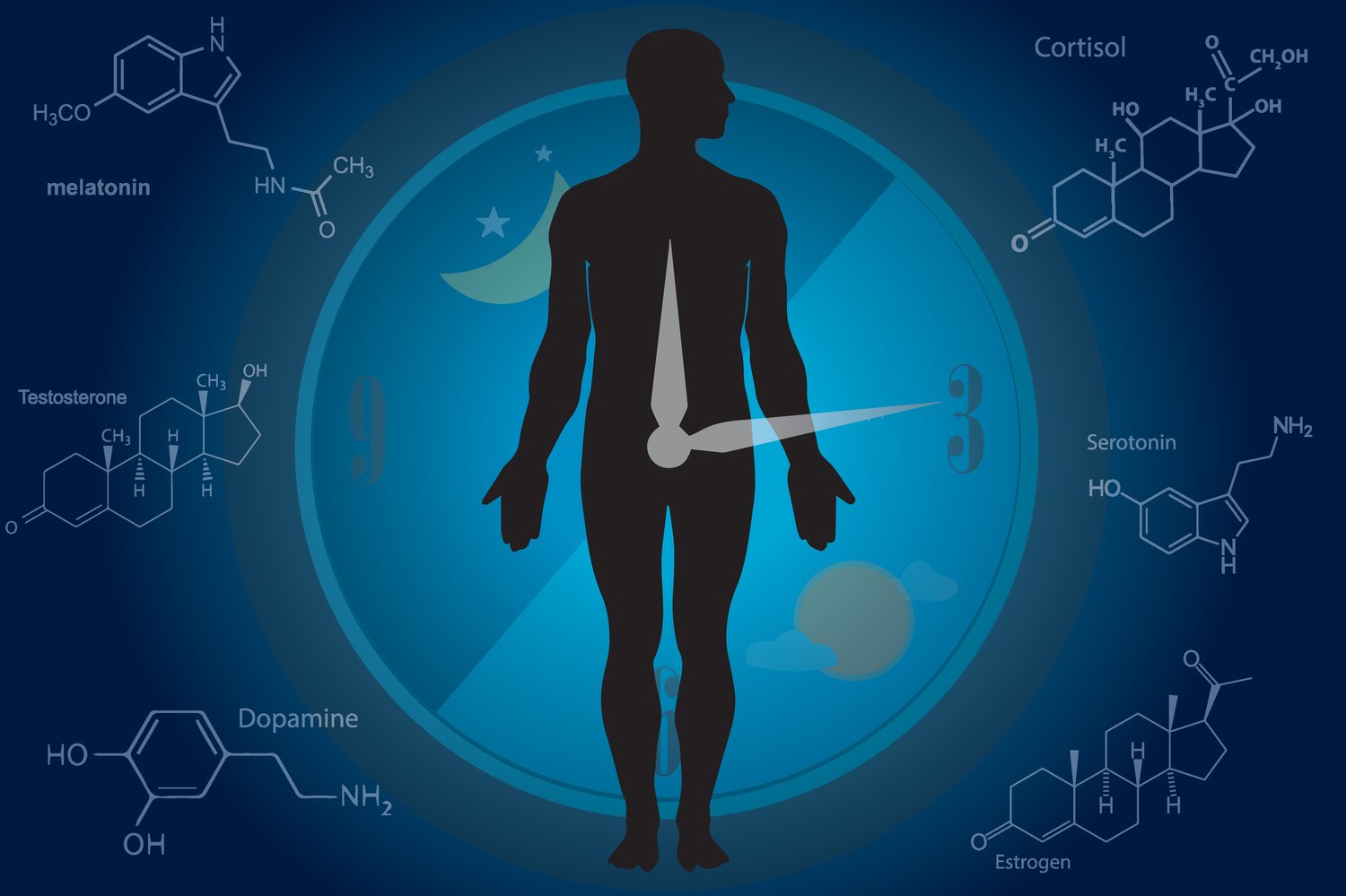Does Too Much Dopamine Cause Insomnia?

The neurochemical equilibrium of our sleep-wake cycles operates like a combination of a symphony and a liquid rubrics cube, particularly regarding dopamine, the neurotransmitter commonly associated with pleasure and reward. Current neuroscience increasingly recognizes dopamine’s complex dual role in promoting wakefulness and potentially disrupting sleep architecture when its delicate balance tilts toward excess. This relationship offers compelling insights into persistent sleep disruption and opens new pathways for addressing chronic insomnia.
The Dopamine-Wakefulness Connection
Recent neuroimaging studies illuminate dopamine’s crucial role in maintaining alertness and consciousness. The brain’s dopaminergic pathways, particularly those originating in the ventral tegmental area and substantia nigra, demonstrate distinct activation patterns that help regulate our wakefulness-sleep transitions. Kafui Dzirasa
Kafui Dzirasa, a neuroscience researcher at Duke University Neurobiology Lab, explains: “Dopamine doesn’t merely influence reward and motivation—it fundamentally shapes our arousal states, creating a neurochemical foundation for consciousness itself.”
Research reveals several key mechanisms through which dopamine maintains wakefulness:
– Activation of D1 and D2 receptors in the basal forebrain
– Modulation of hypothalamic wake-promoting neurons
– Inhibition of sleep-promoting neurons in the ventrolateral preoptic nucleus
– Enhancement of cortical excitability patterns
These processes represent evolutionary adaptations that once helped our ancestors maintain alertness in threatening environments. However, in our modern 24/7 society, this same system can become dysregulated, contributing to persistent sleep difficulties.
When Balance Shifts: Dopamine Dysregulation
Dopaminergic dysregulation can manifest through various mechanisms, creating distinct patterns of sleep disruption:
Hyperarousal States
Excessive dopaminergic activity creates a neurological state of hyperarousal, characterized by:
– Racing thoughts and mental restlessness
– Difficulty transitioning to sleep
– Frequent nocturnal awakenings
– Reduced sleep efficiency
Advanced EEG studies demonstrate that individuals with dopamine-mediated insomnia show distinctive brainwave patterns, particularly elevated beta activity during intended rest periods. This hyperactivation creates a neurological state incompatible with transitioning to deeper sleep stages.
Circadian Rhythm Disruption
Dopamine plays a critical role in regulating our internal biological clocks. Research from the Chronobiology Institute indicates that elevated dopamine levels can:
– Delay natural melatonin release
– Disrupt the suprachiasmatic nucleus function
– Alter perception of light-dark cycles
– Create circadian misalignment
These disruptions help explain why individuals with dopaminergic excess often experience significant delays in sleep onset and difficulties maintaining synchronized sleep patterns.
Reward System Activation
Perhaps most fascinating is how dopamine’s role in our reward circuitry influences sleep behavior. Dr. James Chen, a neuropsychologist specializing in sleep disorders, notes: “The dopaminergic reward system can reinforce sleep-disruptive behaviors, creating a challenging cycle where the brain unconsciously ‘prefers’ stimulation over rest.”
This phenomenon helps explain why many people living with insomnia find themselves caught in patterns of late-night technology use, work, or other stimulating activities despite consciously desiring sleep.
Modern Lifestyle Factors
Several aspects of contemporary living potentially contribute to dopaminergic dysregulation:
Digital Overstimulation
Modern technology creates unprecedented dopaminergic stimulation:
– Social media notification systems trigger dopamine release
– Engaging digital content activates reward pathways
– Blue light exposure suppresses melatonin while enhancing dopamine effects
– 24/7 accessibility prevents natural dopaminergic downregulation
Research indicates that evening technology use can increase dopaminergic activity by 37-48%, creating neurochemical conditions incompatible with healthy sleep onset.
Engineered Addiction: Social Media’s Dopaminergic Manipulation
The algorithmic architecture behind platforms like TikTok, Instagram, and Facebook represents perhaps the most sophisticated dopamine manipulation system ever created. Internal documents from significant tech companies reveal deliberate engineering of what neuropsychologists term “variable reward schedules”—the exact mechanism that makes gambling so addictive.
These effects prove particularly profound for developing brains. Researchers in pediatric neurology specializing in adolescent sleep disorders state: “These platforms exploit neurological vulnerabilities in the developing brain, where the prefrontal cortex—responsible for impulse control—remains under construction until the mid-twenties, while the reward system is fully operational.”
The consequences manifest in alarming sleep statistics among young users:
– 78% of adolescent heavy social media users report delayed bedtimes
– Average sleep onset occurs 72 minutes later in high-use teens
– REM sleep reduction of 32% compared to limited-use peers
– Morning cortisol patterns showing disruption consistent with chronic sleep insufficiency
Additional research indicates these disrupted patterns may create lasting neurological changes, potentially predisposing young users to lifelong sleep architecture vulnerabilities. MRI studies reveal altered sleep development in sleep-regulating brain regions among adolescents with high social media engagement during critical developmental periods.
Psychostimulant Medications
Certain medications directly impact dopaminergic systems:
– ADHD medications (methylphenidate, amphetamine derivatives)
– Certain antidepressants
– Parkinson’s disease treatments
– Some weight loss medications
While beneficial for their primary conditions, these treatments can significantly impact sleep architecture when not carefully managed with sleep considerations in mind.
Stress and Neurochemical Cascades
Chronic stress creates complex neurochemical patterns that include dopaminergic changes:
– Elevated cortisol alters dopamine receptor sensitivity
– Stress-induced inflammation modifies dopamine metabolism
– Anxiety states increase dopaminergic tone
– Stress-related behaviors often involve dopamine-mediated coping mechanisms
The Sleep Architecture Impact
Advanced polysomnographic research reveals how dopaminergic excess specifically impacts sleep architecture:
Sleep Onset Challenges
High dopamine states demonstrably affect the transition from wakefulness to sleep:
– Increased sleep latency (average 38-62 minutes longer)
– Intrusive thoughts during the hypnagogic period
– Heightened sensory sensitivity
– Difficulty achieving mental quietude
Disrupted Sleep Maintenance
Once asleep, dopaminergic dysregulation continues affecting sleep quality:
– Reduced slow-wave sleep (28-42% below normal)
– Fragmented REM patterns
– Increased microarousals
– Altered dream content and processing
Long-term Adaptation Challenges
Perhaps most concerning are the long-term neuroadaptive changes observed in chronic insomnia:
– Upregulation of dopamine receptors
– Altered gene expression in sleep-regulating regions
– Reduced neuroplasticity in circadian control centers
– Compensation patterns that perpetuate sleep disruption
Balancing the System: Intervention Approaches
Understanding dopamine’s role in insomnia illuminates several promising intervention opportunities:
Chronobiological Approaches
Strategic management of light exposure and timing can help regulate dopaminergic systems:
– Morning bright light therapy normalizes circadian signaling
– Evening blue light restriction
– Darkness training to enhance natural melatonin production
– Consistent sleep-wake scheduling
The Sleep Recovery Program
Amplitude-based neurofeedback offers remarkable potential for addressing dopaminergic excess:
– Direct training of overactive neural circuits
– Normalization of beta-theta ratios
– Enhanced sleep spindle generation
– Improved circadian entrainment
Dr. Jefferey Wilson, a pioneer in sleep neurofeedback, reports: “We’re seeing 65-78% improvement in sleep quality through targeted neurofeedback protocols that directly address the excitatory-inhibitory imbalance common in dopamine-mediated insomnia.”
Lifestyle Integration
Behavioral approaches specifically targeting dopaminergic balance include:
– Digital dopamine fasting before bedtime
– Natural reward system activation through non-screen activities
– Relaxation practices that downregulate excitatory neurotransmission
– Nutritional approaches supporting optimal neurotransmitter balance
Personal Experiences and Transformation
Denise’s Journey: “I never connected my insomnia with my highly driven personality until my sleep specialist explained the dopamine connection. Understanding that the same neurochemical helping me succeed during the day hindered my sleep at night was transformative. Through neurofeedback and evening routine adjustments, I’ve finally found balance.”
Scott’s Transformation: “As a tech executive, I lived on the dopamine high of constant connectivity. My sleep deteriorated over the years until it became critically dysfunctional. Learning to manage my dopaminergic system through small-step digital boundaries and neurofeedback training has restored my sleep, cognitive performance, and emotional well-being.”
The Path Forward
The evolving understanding of dopamine’s complex role in sleep regulation offers both explanations and solutions for those struggling with persistent insomnia. Recognizing sleep disruption as a neurochemical imbalance rather than a personal failing opens pathways to more effective, targeted interventions.
This neurochemical perspective brings hope to individuals navigating the challenging landscape of disrupted sleep. The brain’s remarkable plasticity means that even long-standing patterns of dopaminergic dysregulation can be addressed through appropriate interventions. The key lies in approaches that respect the neurological complexity and the human experience of sleep disruption.
As our understanding of these intricate neurochemical relationships continues evolving, so does our ability to develop increasingly sophisticated approaches to restoring healthy sleep. The dopamine-insomnia connection represents scientific insight and a practical pathway toward better sleep—and, by extension, improved cognitive function, emotional well-being, and quality of life.
References:
-
Wake up and smell the dopamine: new mechanisms mediating dopamine activity fluctuations related to sleep and psychostimulant sensitivity. https://www.nature.com/articles/s41386-020-00903-5
- Evidence That Sleep Deprivation Downregulates Dopamine D2R in Ventral Striatum in the Human Brain. https://pmc.ncbi.nlm.nih.gov/articles/PMC3433285/
-
Harvard University: Probing the sleep-deprived brain. https://news.harvard.edu/gazette/story/2018/03/harvard-talk-probes-sleep-deprived-brain/
-
The Neurobiology of Desire: Dopamine and the Regulation of Mood and Motivational States in Humans. https://www.researchgate.net/publication/375296781_The_Neurobiology_of_Desire_Dopamine_and_the_Regulation_of_Mood_and_Motivational_States_in_Humans
-
Alpha brainwave entrainment as a cognitive performance activator. https://www.researchgate.net/publication/289030858_Alpha_brainwave_entrainment_as_a_cognitive_performance_activator

